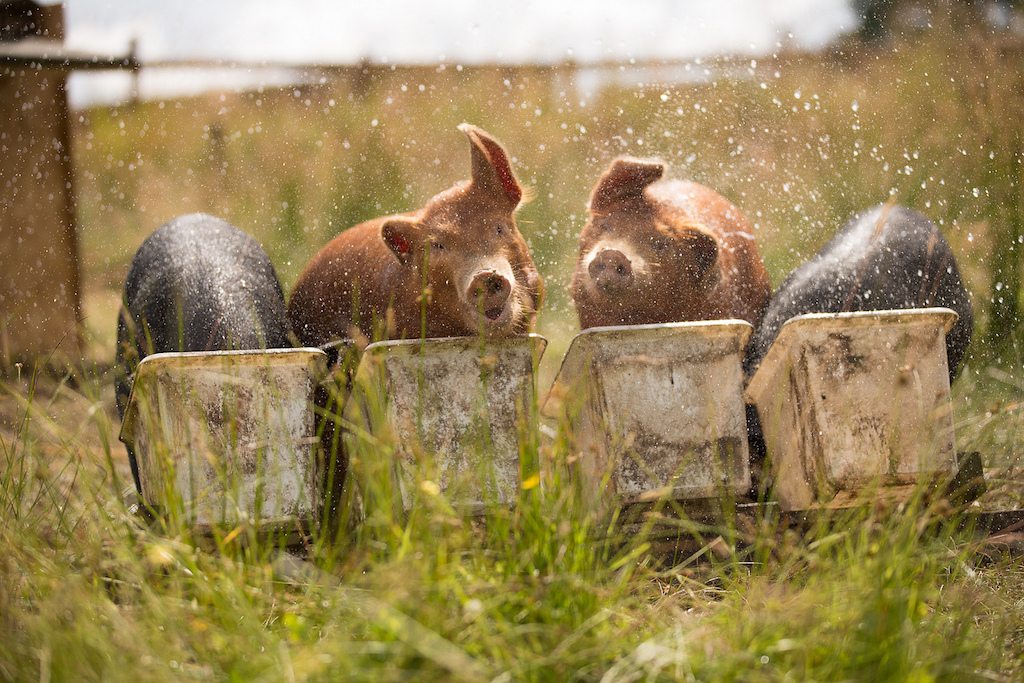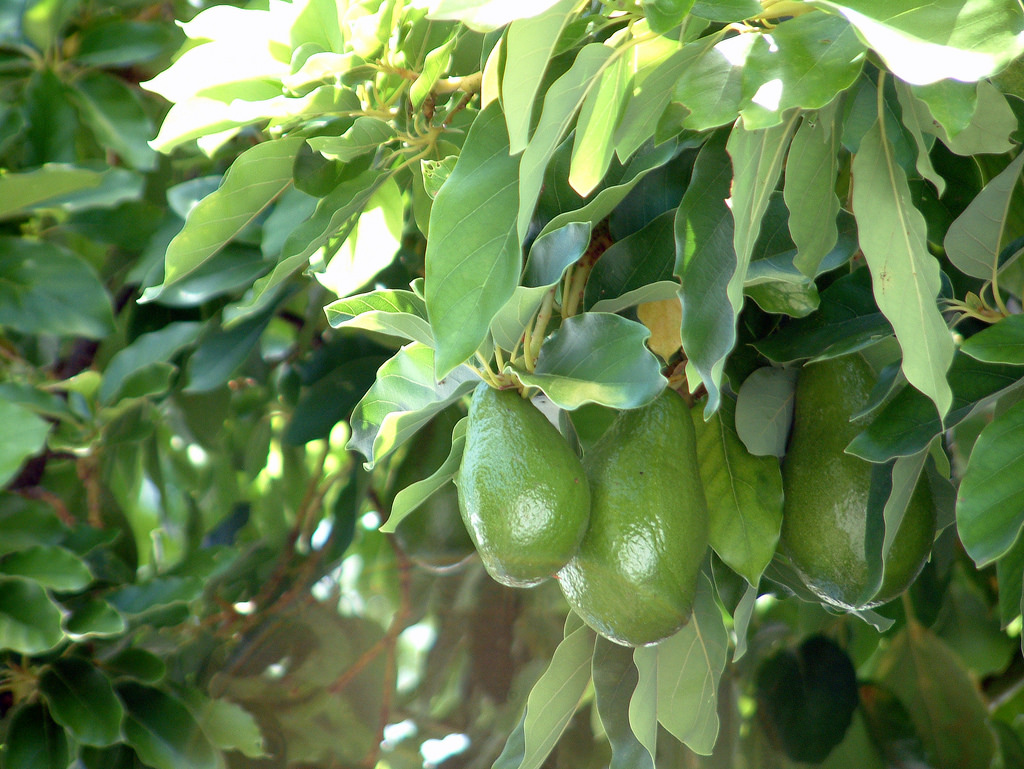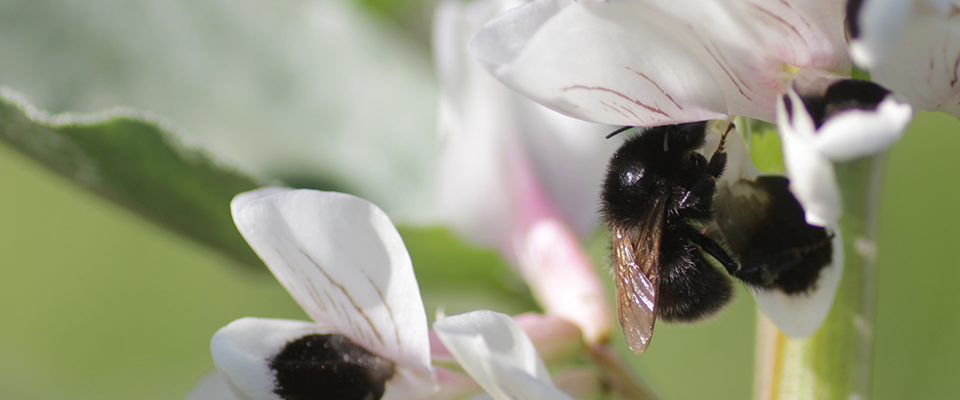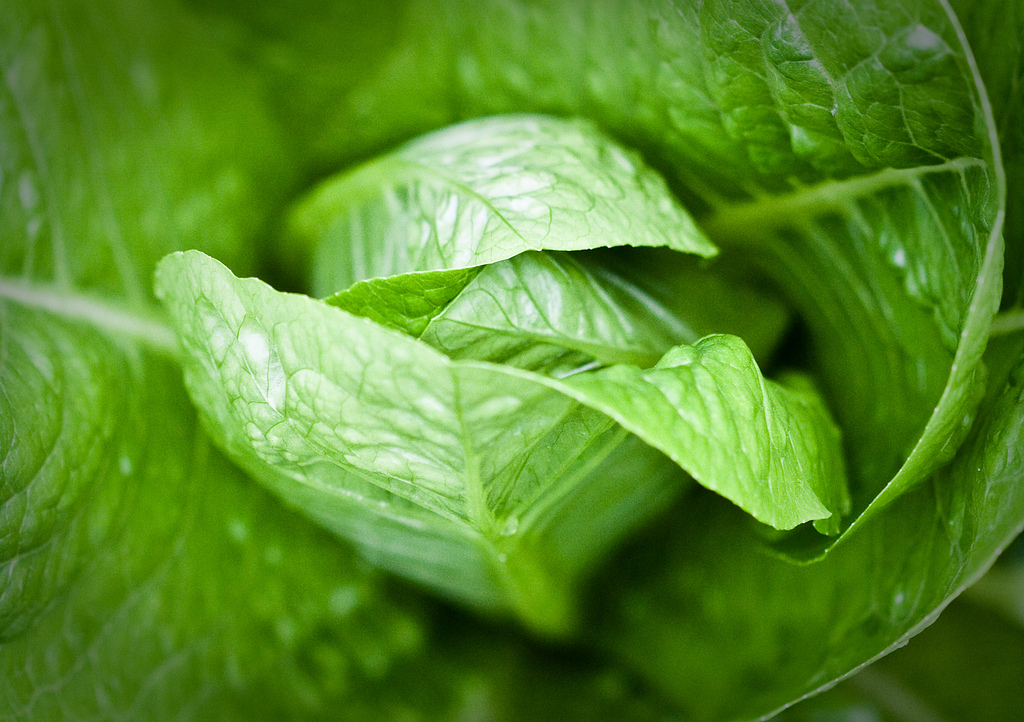As the demand for antibiotic-free meat grows, major food companies continue pledging to remove antibiotics from their supply chains. Meanwhile, pig and poultry farmers are scrambling for alternatives as they try to keep pace with corporate mandate and consumer demand.
Some have found hope in an unlikely place: the spice rack.
As it turns out, concentrated doses of common herbs and spices—from cinnamon and cayenne to turmeric and sage—can have potent effects on livestock, achieving similar results to antibiotics without the public health concerns and bad PR. These essential oil-feed additives, which the industry calls “phytogenics,” are a $550 million industry in the U.S.—still not on the radar of most consumers, but steadily growing.
A quick refresher: Though antibiotics are used to treat acutely sick animals, they’re more commonly administered en masse to entire herds and flocks. Common antibiotics like tylosin and chlortetracycline help maintain strong immune systems, especially for factory farmed animals that live in cramped quarters. At the same time, they help livestock develop faster, promoting growth in ways that scientists still don’t fully understand. This combination of disease prevention and increased production has made antibiotics irresistible to many large-scale farmers, who have continued to administer them prophylactically—even as the practice threatens to breed disease-resistant superbugs and diminish the effectiveness of drugs that are medically important in the care of human beings.
Plant-derived phytogenics, of course, carry little of this baggage. And an increasing number of scientific studies suggests they might be a crucial step towards achieving an antibiotic-free future.
 New Food Economy
New Food Economy Common phytogenics and their uses. Source: Yitbarek, M. “Phytogenics As Feed Additives In Poultry Production: A Review.”
It starts, as you might guess, with taste. On the crudest level, botanical extracts work up the appetite: Livestock, it turns out, prefer a well-seasoned meal just like we do. One study, for example, found that chickens eat more when their food is spiced with dried ginger; other research has found that thyme, rosemary, and oregano have a similar effect.
But the appeal of spices is not just gustatory. Spices have antimicrobial effects that help them fight spoilage and prolong shelf life, and human societies have used them over the centuries as a kind of primitive food safety plan. As it turns out, phytogenics have the same effect in a pig’s (or chicken’s) gut as they have in a seasoned dish: They make it more difficult for pathogens to reproduce, and reduce the likelihood of disease.
At the same time, essential oils can also help farm animals to gain weight faster. New research suggests that phytogenics increase “feed efficiency”—they make it easier for pigs and chickens to digest their food and convert it into body mass. That happens in a few different ways. When the right essential oils are used in the proper amounts, they’ve been shown to help promote intestinal growth in chicks and piglets, increase the presence of healthful gut bacteria, and stimulate enzymes that help digestion, and even make certain nutrients more bio-available. These properties may ultimately help phytogenic compounds fill in for antibiotics.
A 2015 study in The Proceedings of the National Academy of Sciences that measured agricultural antibiotic use across the world found that we use 63,000 tons of antibiotics each year to raise cows, chickens and pigs—more than twice what doctors use to treat human beings. That’s not even the worst part. That amount is supposed to increase by 66% worldwide in the next 20 years, NPR reports, as meat production ramps up to meet the demand of those in developing countries who increasingly eat it.
Overuse of antibiotics in agriculture is already a major public health threat, one that’s been documented and decried by scientists and NGOs for years. Hopefully, there’s a solution in the most innocuous of places: the spices that wait innocuously in our kitchen cupboards.











